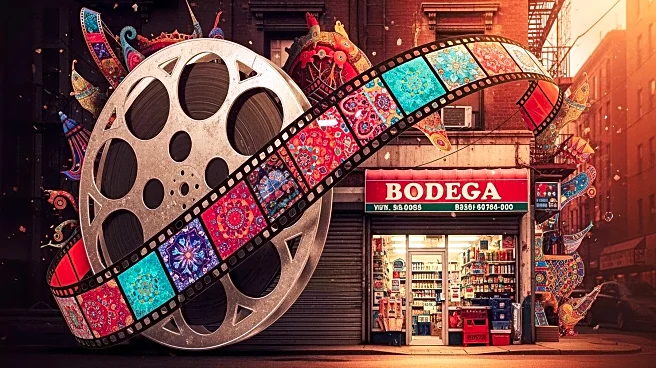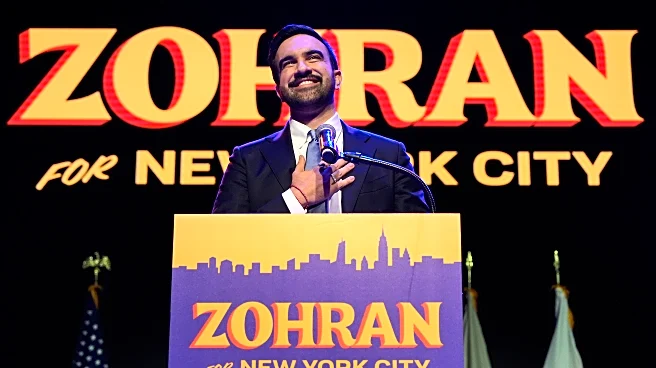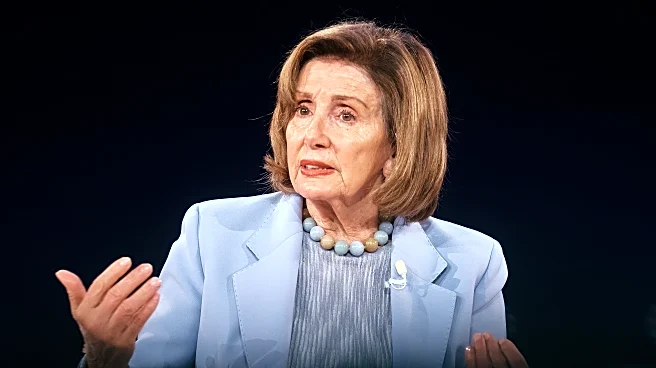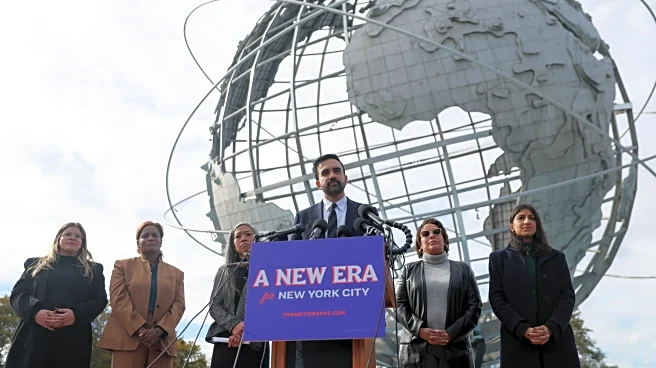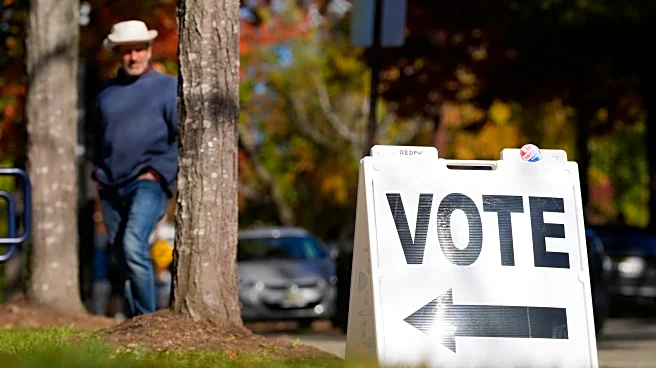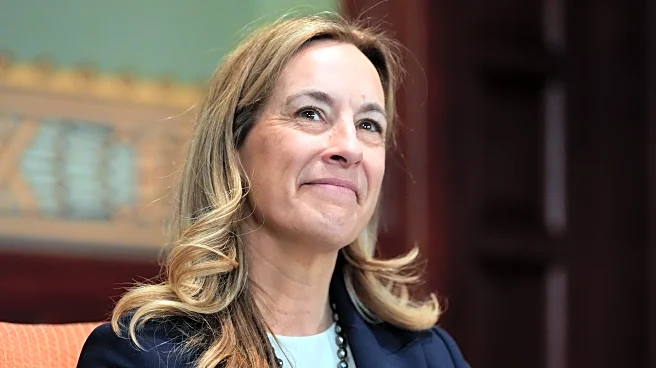What's Happening?
Zohran Mamdani, set to become New York City's first Muslim and South Asian mayor, utilized a unique visual strategy in his campaign that drew inspiration from Bollywood and local New York City elements
like bodegas and yellow cabs. The campaign's vibrant blue and orange signs, designed by Aneesh Bhoopathy, stood out with their bold colors and retro fonts, reminiscent of old-school Bollywood posters and hand-painted signs. This approach not only highlighted Mamdani's Indian heritage but also resonated with the working-class fabric of New York City. The campaign's aesthetic was noted for its ability to evoke positive associations with less divisive political times, similar to the branding strategy used by U.S. Rep. Alexandria Ocasio-Cortez.
Why It's Important?
Mamdani's campaign strategy signifies a shift in political branding, moving away from traditional red, white, and blue themes to more personalized and culturally resonant designs. This approach could influence future political campaigns, encouraging candidates to adopt more distinctive and meaningful branding. The success of Mamdani's visuals highlights the power of cultural and community-driven design in making political figures more relatable and memorable. It also underscores the potential for such strategies to engage younger, diverse voter bases, as seen with the viral 'Hot Girls for Zohran' merchandise campaign.
What's Next?
While it remains to be seen if Mamdani's campaign design will have lasting national influence, it sets a precedent for future candidates to consider more innovative and culturally relevant branding strategies. Political analysts and campaign experts will likely study the impact of Mamdani's approach on voter engagement and its potential to reshape political marketing. As Mamdani assumes office, his administration's policies and initiatives will be closely watched to see if they align with the inclusive and vibrant image projected during his campaign.
Beyond the Headlines
Mamdani's campaign highlights the evolving landscape of political branding, where visual identity plays a crucial role in shaping public perception and engagement. The campaign's success suggests a growing appetite for political messaging that reflects the diverse cultural tapestry of urban centers like New York City. This trend could lead to broader discussions on the role of cultural representation in politics and its impact on voter mobilization and policy-making.
